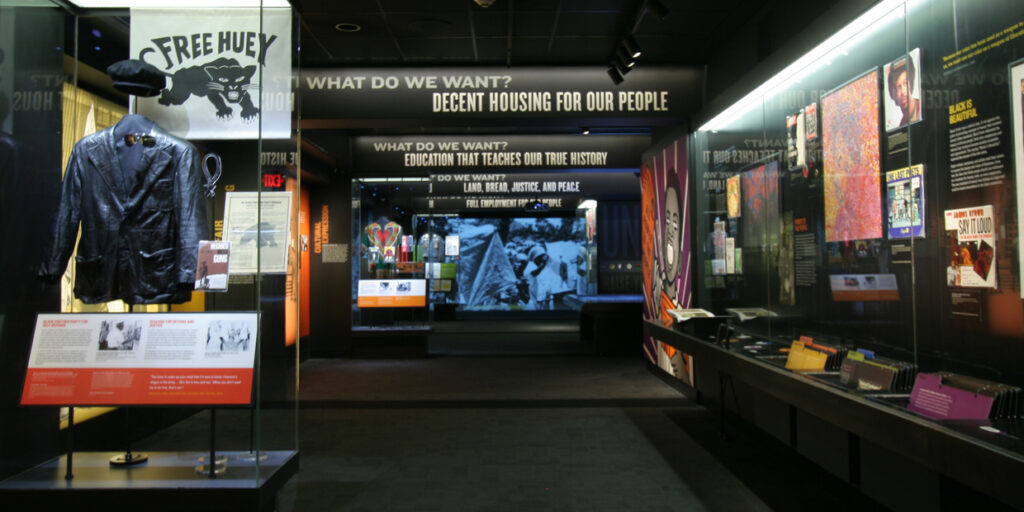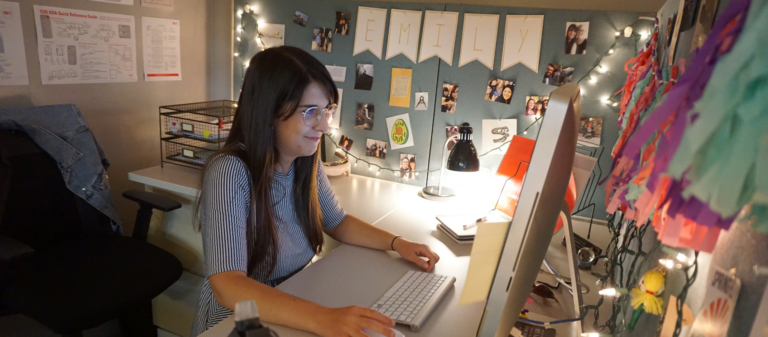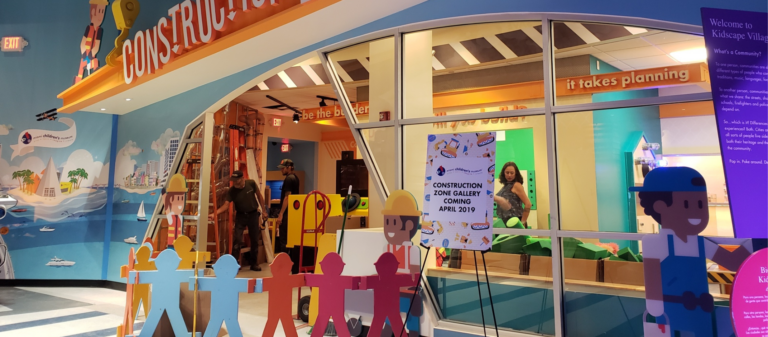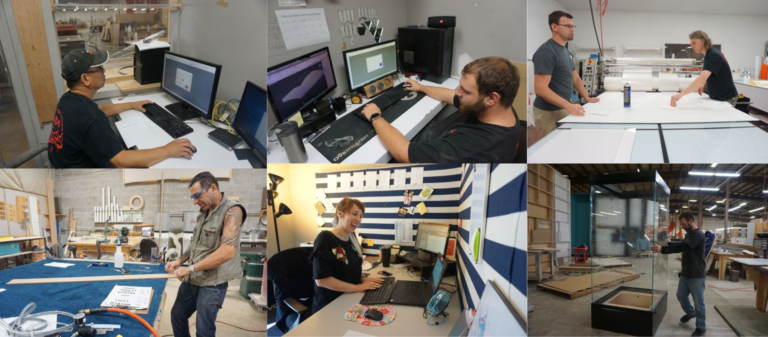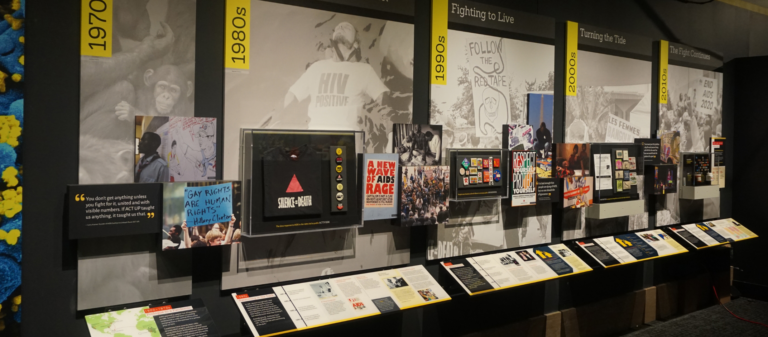There are about 35,000 active museums in the US. Each of these museums features multiple exhibits that spread knowledge and awareness about various topics. In order to get the most out of each display, professional museum exhibition design is key.
Whether you’re designing an exhibit yourself or just are curious, read on to learn the ins and outs of creating an awesome display.
A Brief Overview of Museum Exhibition Design
Museum exhibits start with an idea that curators believe will add value to the visitor experience. Someone involved with the museum realizes that there is an interesting artifact or message that they want to share. They believe that this will spark enough interest to get new visitors through the doors so that they can share intriguing knowledge with others.
Creating museum exhibits is a collaborative process. Multiple people need to be involved with collecting artifacts, laying out displays, and adding signage explaining what the visitor is seeing. It requires a lot of precision and technique.
How to Design a Successful Exhibit
After someone has an exhibit idea, they think about it and discuss it with others involved in the museum. Once it is given the green light, museum curators and other employees can begin designing the exhibit. The length of time this takes depends on the size of the exhibit, the number of items that are being displayed, and how intricate its layout must be.
Planning
The first stage in the process of museum exhibition design is planning out what the exhibit should look like. During this stage, curators determine the overall message of their exhibition. They determine what content will best showcase their message and share knowledge with visitors.
Based on this thought process, they then will begin planning the basics of their exhibit. This means considering where it should go within the museum. It also means mentally mapping out an overarching layout that involves all items going into the display.
Conceptualization
To conceptualize something means to form an idea of what it will look like. During this stage of the exhibition design process, experts will create an abstract idea of what they want to showcase. They will sketch it out roughly and place items in the appropriate order and configuration.
This will give them an idea of how much space they will need and how they can make the most efficient use of the space that they have. It will also let them know whether they need to cut anything from the exhibit or if they can add more interesting items.
Conceptualization is the stage where curators can figure out what works, what doesn’t, and how to implement that knowledge into their new design.
Design Development
At this point, the design development process can begin. This usually takes place with 3D rendering on a computer. However, in some cases, curators may prefer to make traditional to-scale models that physically showcase the intricacies of the design.
It’s at this stage that the exhibit will become fully fleshed out. While curators may previously have known what they wanted to include and conceptualized a rough layout, they didn’t necessarily know precisely what the final exhibit would look like. This is the point of the design development stage.
Curators will work with design experts that can assess the design and offer creative solutions to challenges and issues. The end result will be a to-scale model of your exhibit that you can tweak and adjust to your liking. Whether this model is digital or physical, it will showcase the final product before moving into the production stage.
Production
The production process takes place when the designer begins to bring their vision to life. Curators work with expert museum services to obtain the raw materials and fabrication tools necessary to create a three-dimensional design.
They will then work to create the final product over time. The length of the production process will vary depending on the size and nature of the exhibit.
Fabrication
Once all parts of the exhibit are out of production, experts will use high-level fabrication tools and techniques to ensure seamless assembly. 1220’s professionals use a design/build approach that makes fabrication easier.
This is because the pros will have considered the nature of fabrication when creating the design. Its assembly will be quick and cost-effective. Appropriate techniques and skills will also be applied since the team will already have given this step a lot of thought.
Installation
Once the exhibit is constructed, the next step is professional installation. At this point, those who fabricated the exhibition will bring it on-site and install it carefully and securely. After that is done, the exhibit can be open to visitors – the process is complete!
Why Use 1220’s Services?
If you’re looking into designing exhibitions for your own museum, 1220 provides expert services from professionals in all aspects of exhibit design. Our design/build approach considers fabrication and installation during the early phases of the design process. This helps to create a cost-efficient plan and a quality end product.
We also take you through all stages of the process as soon as you have an exhibit idea. Our aim is to communicate your goals with you, manage your project, and execute it within your desired timeframe. You’ll know that you’re in good hands.
Get Started With Expert Museum Exhibit Designers
When you work with a top-notch museum exhibition design professional, you can make the greatest possible impact on visitors. This will help them understand the importance of your display while enjoying your exhibit as much as possible.
Our 50 years of experience bring a unique and intentional approach to crafting timeless experiences for visitors. Since our small shop expanded into an ongoing collaboration with designers, we have been committed to helping create museum exhibits that make a difference. Contact us with any questions that you have before you explore more of our work, get to know us, or join our team on our 1220 website.


